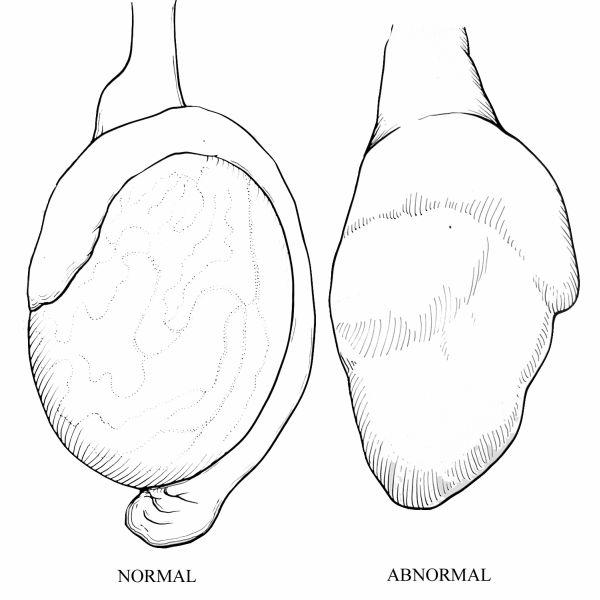When there is pain in one or both testicles in the male groin area, it is called 
The testicle is a gonad and a component of the reproductive system. Its primary function is to produce and store sperm (male gamete) and produce androgens (male hormones).
Causes of Testicular Pain
There are many causes of testicular pain, some of which require immediate medical attention. However, some can be treated at home.
- Trauma
- Most common
- Direct blow to the scrotum
- Testicular erosion
- Testicle kinks inside the scrotum (spontaneously or due to trauma) causing the blood vessels to also twist and lead to disruption of blood flow to affected testicle, which may lead to death of testicle
- Epididymitis
- Inflammation of epididymis
- Commonly due to infection, such as in sexually transmitted diseases
- Torsion of testicular appendage
- Kinking of testicular appendage and epididymal appendage
- Orchitis
- Inflammation of testicle
- Inguinal hernia
- Fournier’s Gangrene
- Necrosis of perineum
- Kidney stones
- Urinary tract infecton
- Varicocele
- Enlargement of veins in the scrotum
Symptoms of Testicular Pain
Symptoms for testicular pain also vary according to their cause.
- Trauma
- Bruising
- Swelling
- Extreme pain but usually temporary
- Testicular erosion
- Sudden, severe pain in affected testicle
- Cyanosis of testicle
- Epididymitis
- Gradual pain
- Torsion of testicular appendage
- Sudden pain
- Inguinal hernia
- Swelling of scrotum
- Testicular discomfort
- Swelling, tenderness, or redness of testicles and scrotum
- Nausea
- Vomiting
- Fever
- Painful urination or penile discharge
- Pain during sexual intercourse or ejaculation
- Blood in urine (hematuria) or semen
First Aid Treatment for Testicular Pain
First aid can be easily administered to acute testicular pain. However, it always better to seek medical advice for intense pain. A disclaimer, the following steps are merely tips for first aid management. These do not substitute for actual first aid training, which are offered by various organizations and institutions, such as St Mark James. If enrolled in these courses, practical knowledge and hands on training will be taught. The following is advised to do at times of testicular pain:
- Calm and reassure the casualty.
- Assuming that the casualty has no allergic reaction, pain killers may be given to reduce pain.
- Apply an ice pack or cold compress to the skin of the testicle to lessen swelling. Direct contact between the ice and scrotum should be avoided.
- Raise the scrotum and observe for pain relief. If there is, try wearing tight briefs which can help raise the testicles.
If the pain is severe, immediately seek for medical advice. Some causes of testicular pain may require surgery, while other can be treated with antibiotics.

